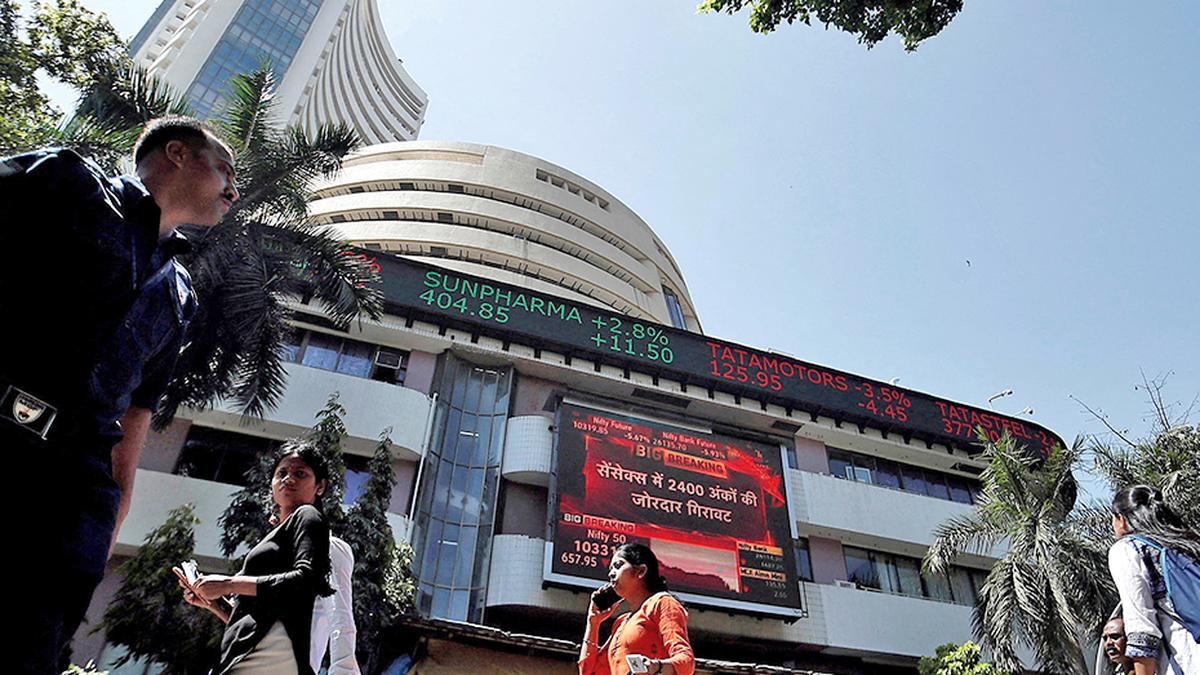
Reliance, Wipro weigh on Indian shares amid volatility spike ahead of Budget
The Hindu
Indian shares open lower on July 22 due to weaker-than-expected results from Reliance and Wipro, ahead of Union Budget.
Indian shares opened lower on July 22, dragged by Reliance Industries and Wipro after both companies posted weaker-than-expected quarterly results, while volatility spiked a day before the Union Budget was due.
The NSE Nifty 50 fell 0.55% to 24,398.75, while the S&P BSE Sensex shed 0.47% to 80,220.7, as of 9:22 a.m. IST. All 13 sectors logged losses. The more domestically-focussed small- and mid-caps fell 1% and 0.7%, respectively.
Oil-to-telecom conglomerate Reliance, which reported first-quarter profit below analysts' estimates on July 19 hurt by lower margins on fuel sales, lost 2.7%. Wipro, which missed quarterly revenue estimates due to weak demand in Europe and Asia-Pacific, lost 7.5%, becoming the top percentage loser on the Nifty 50 and information technology indexes.
Volatility rose to a six-week high of 15.5%, ahead of the budget.
HDFC Bank, the country's top private lender and the heaviest stock in the Nifty 50, rose about 1% after beating quarterly profit forecasts on Saturday, as loan-loss provisions fell.

The Union Budget unveiled on February 1, 2025, has come at a time of unprecedented global uncertainty and a flagging domestic economy. The real GDP growth is estimated at 6.4% for 2024-25 and between 6.3-6.8% for 2025-26, a far cry from >8 percent growth required annually to make India a developed nation by 2047. While much attention has been devoted to the demand stimulus through income tax cuts, not enough is said about the proposed reforms in urban development, tariff rationalisation, and regulatory simplification aimed at making Indian cities and corporates more competitive. Since the majority of economic activity is located in cities (urban areas account for ~55% of GDP) and produced by large corporates (~40% of the national output and 55% of India’s exports), the above-mentioned reforms have a pivotal role in improving India’s trend growth rate. Below we unpack each reform.












